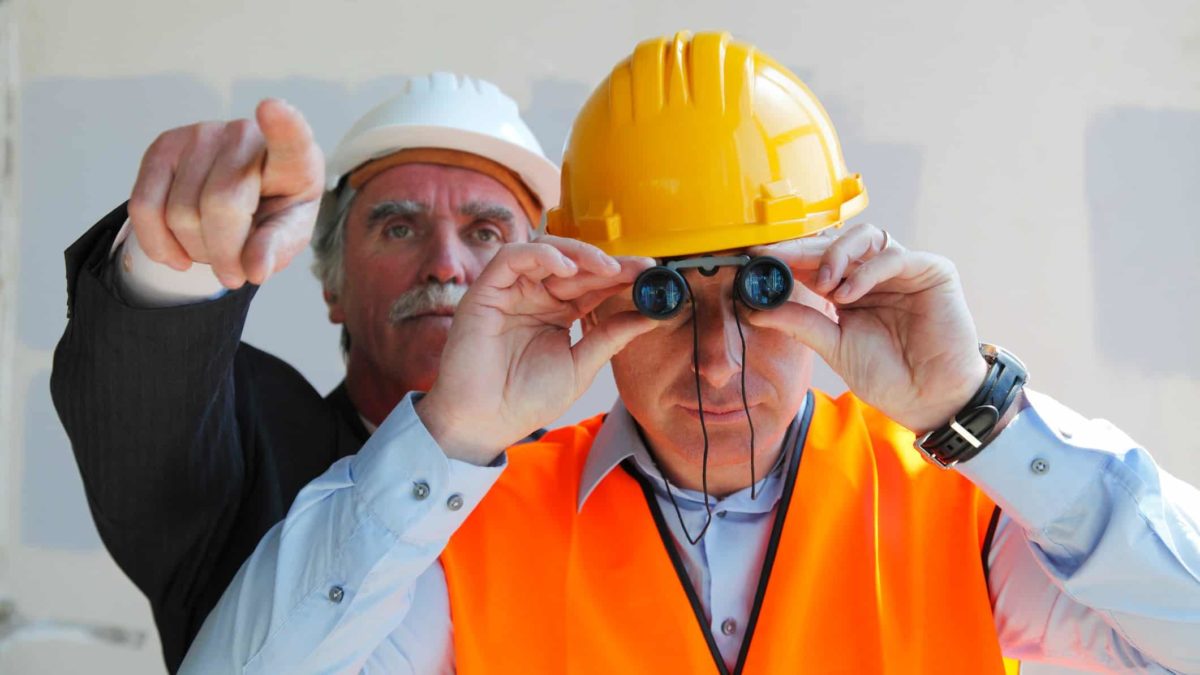Miners are mothballing projects left, right, and centre. An oversupply of commodities common in batteries, namely electric vehicles (EVs), has left mining monsters stumbling. Arguably, none more afflicted than ASX lithium shares.
One begins to wonder whether the good times for the industry are 10 miles back in a ditch. On the other hand, could the supply and demand dynamics be nearing a favourable shift? It's impossible to know for sure.
However, Wesfarmers Ltd (ASX: WES) CEO Rob Scott has shed some light on the path for the critical electrifying material today.
'Nothing has really changed'
Australia's retailing powerhouse, Wesfarmers, unwrapped its first-half figures for the market to admire this morning — and admire it has. Shares in the Bunnings, Kmart, and Officeworks owner are up 5% to $61.84 per share in afternoon trading.
While known for its gargantuan presence in retail, Wesfarmers also operates a chemicals business under the WesCEF banner. Under this umbrella lies Wesfarmers' 50% stake in Covalent Lithium, which is in a joint venture for the Mt Holland project in Western Australia.
Details on lithium in the presentation were limited. The Mt Holland concentrator is expected to produce its first spodumene concentrate sometime between now and the end of June. From there, the company already has offtake arrangements in place with 'tier-one auto and battery customers'.
But that doesn't give us much insight into the lithium sector as a whole. Fortunately, Rob Scott shared more details with the media published in The Australian Financial Review. Providing commentary on the downtrodden lithium market, Scott professed:
Notwithstanding the volatility we've seen in recent months, nothing has really changed as far as we're concerned.
Expanding upon this, the Wesfarmers' CEO articulated:
What often happens is that, given the strong demand that we are seeing in lithium, there could well be shortages of supply in the years ahead.
Data from Macquarie points to lithium inventory in China experiencing its first decline last month since October 2023. Conversely, cathode and electrolyte demand is said to have jumped 7%. These two factors worked in tandem to reduce the estimated lithium surplus.
Costs are key for ASX lithium shares
If there is a takeaway for the lithium sector from Wesfarmers today, it's arguably all about costs.
In recent months, Aussie lithium companies have decided to reduce or suspend production as costs rise above revenue. One such example is Core Lithium Ltd (ASX: CXO), which saw its share price gutted to the tune of 21% after announcing a curbing of production.
The difficult decision highlights the advantage of low-cost miners in this environment, as explained by Scott, stating:
We feel that the dynamics are still very strong for our project and indeed for many who produce by having low-cost structures, reliable production, and hopefully by getting our hydroxide plant working, that will provide another opportunity to capture additional margin and upside within the lithium value chain.
Lithium carbonate prices have tracked sideways since December, holding around CNY$97,500 per tonne.








